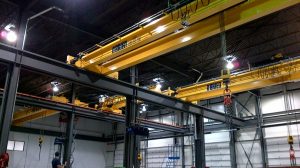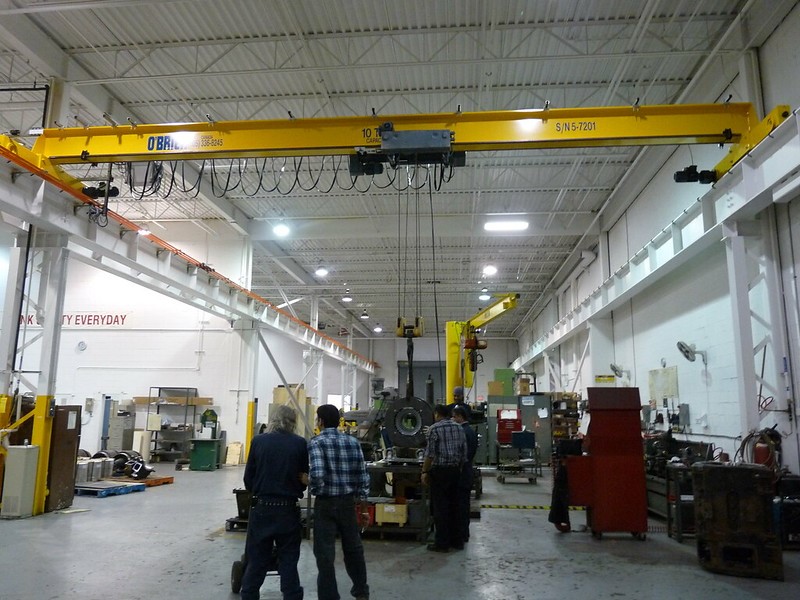
Protect your workers with these overhead safety tips
Overhead cranes are immensely useful for moving heavy loads around, but there are some potential dangers involved in using them. However, if you follow some basic safety rules, you can better protect your workers.
Maintenance
Conduct regular safety and maintenance checks on your equipment, whether or not it is regularly used. Check the manufacturer’s guidelines and ensure you follow them.
Check for obstacles
It’s a basic health and safety rule to ensure that there are no obstacles in the way, and nowhere is it more important than with cranes. The difference is that cranes go above our heads rather than being on the ground.
Communication, communication, communication
This sounds obvious, but make sure that your workers are aware that there is a crane and where it is going to be moving. You don’t want people walking underneath a moving load. This takes more effort when you use a portable davit crane because people may not be used to it being where it is.
Lifting
Not only should you test your lifting equipment and any overhead cranes, but remember to follow the advice of the HSE and ensure that you have the right level of supervision in place for all lifting operations. Remember that the lifting capacity of a portable davit crane is likely to be lower than that of a stationary crane.
Know the limits
Check the crane handling limits prior to starting any operation, and make sure the crane operator and the site supervisor know the limits. It is easy to get complacent about these matters, so ensure that all your workers understand why it is so important.
Properly trained operators
It sounds basic – and it is basic – but your crane operators must be properly trained for each type of crane they operate. In particular, you should make sure that they know not to swing the load. Equally important is ensuring that they don’t carry the load over the heads of workers below.
All of these safety tips are common sense, but in order to ensure that your workers fully take them on board, their training should include explaining the reasons that they are so important. You will get far more buy-in when people understand why you are asking them to do something and the potential repercussions if they don’t comply.


Leave a reply